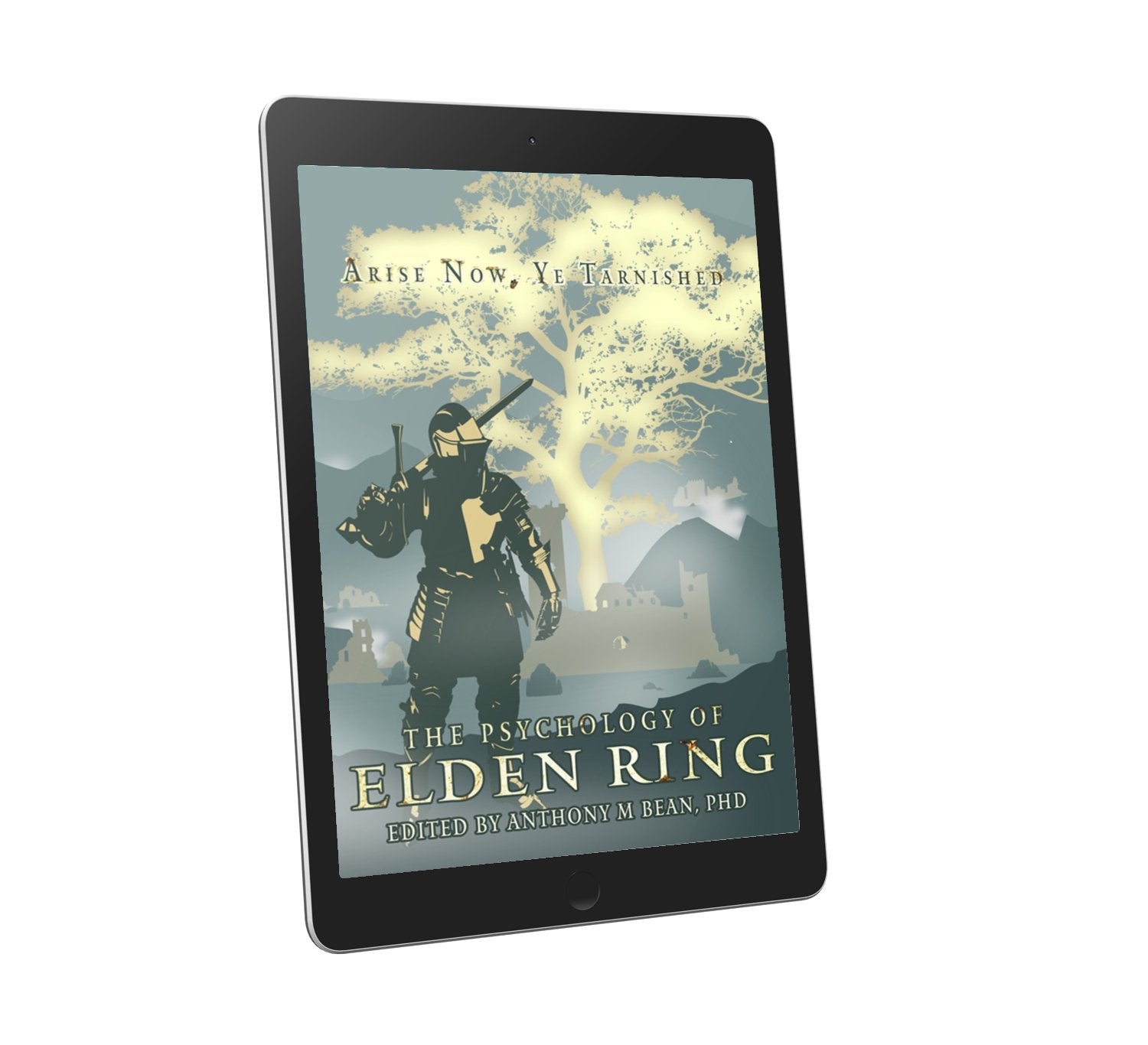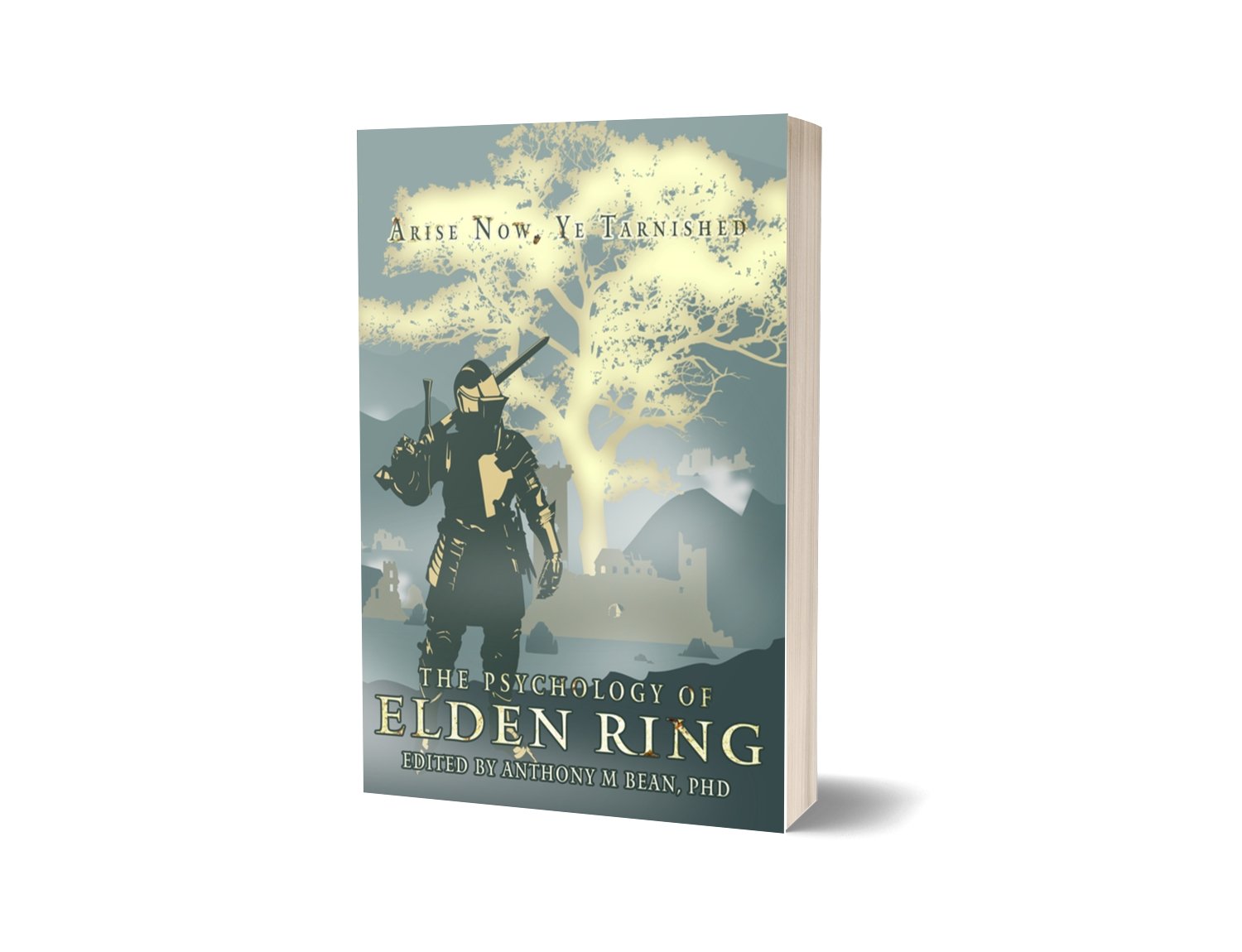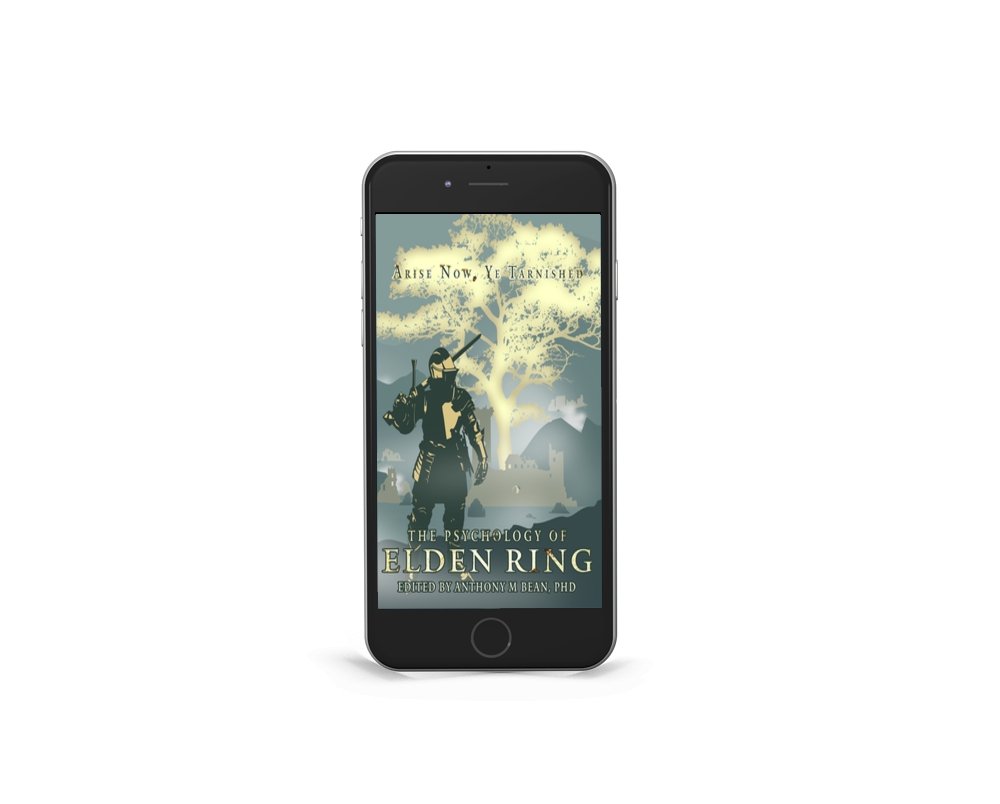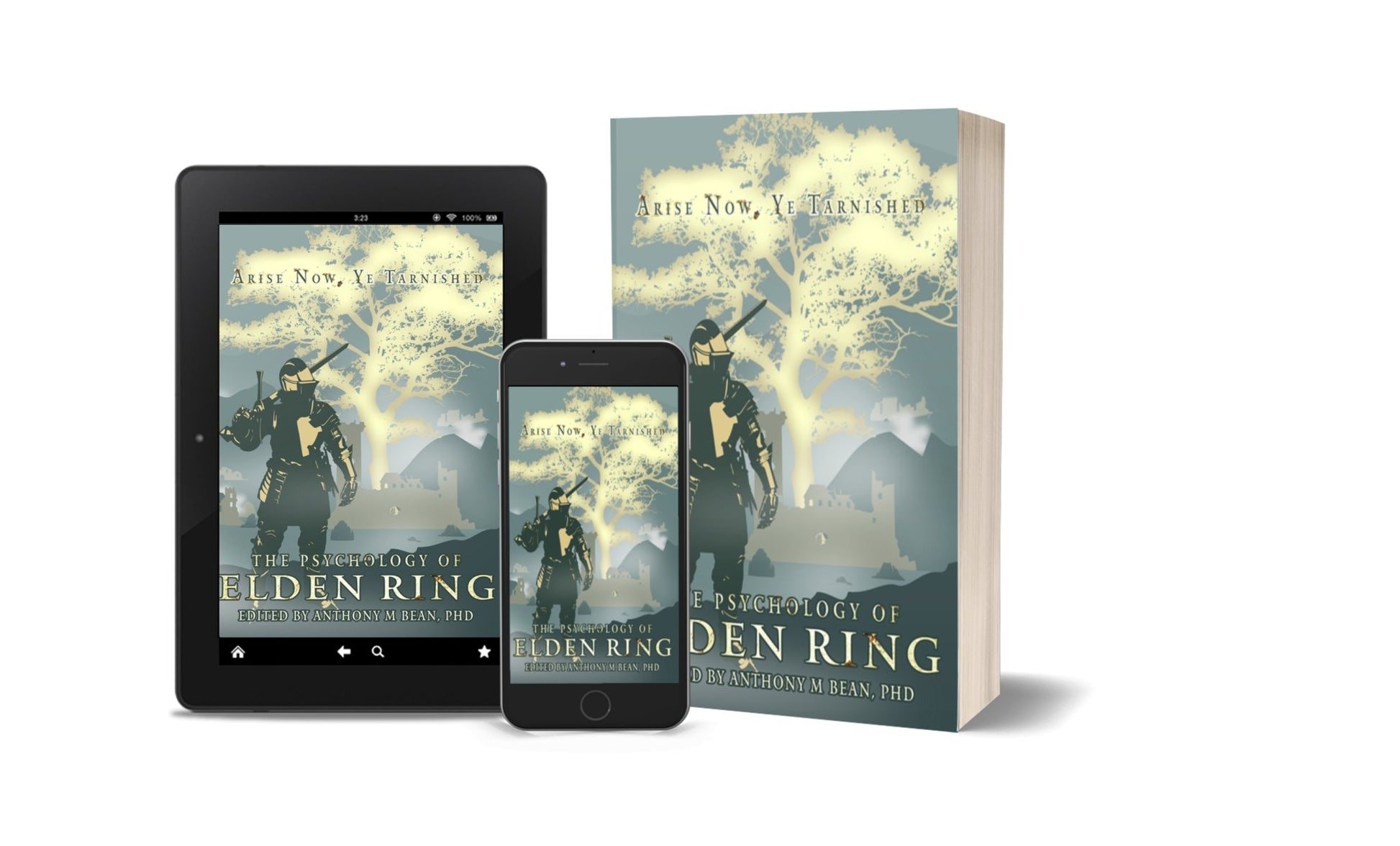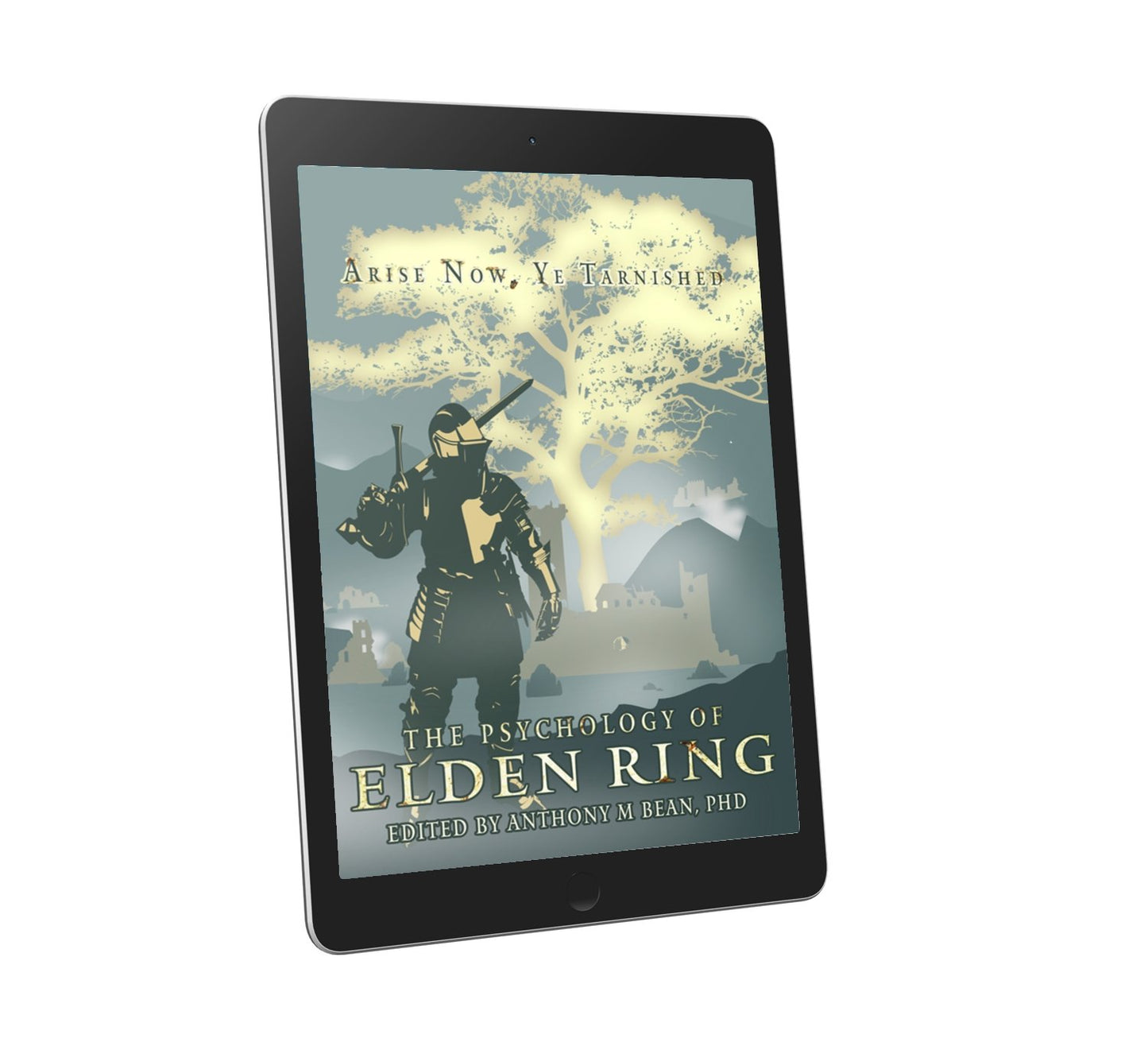
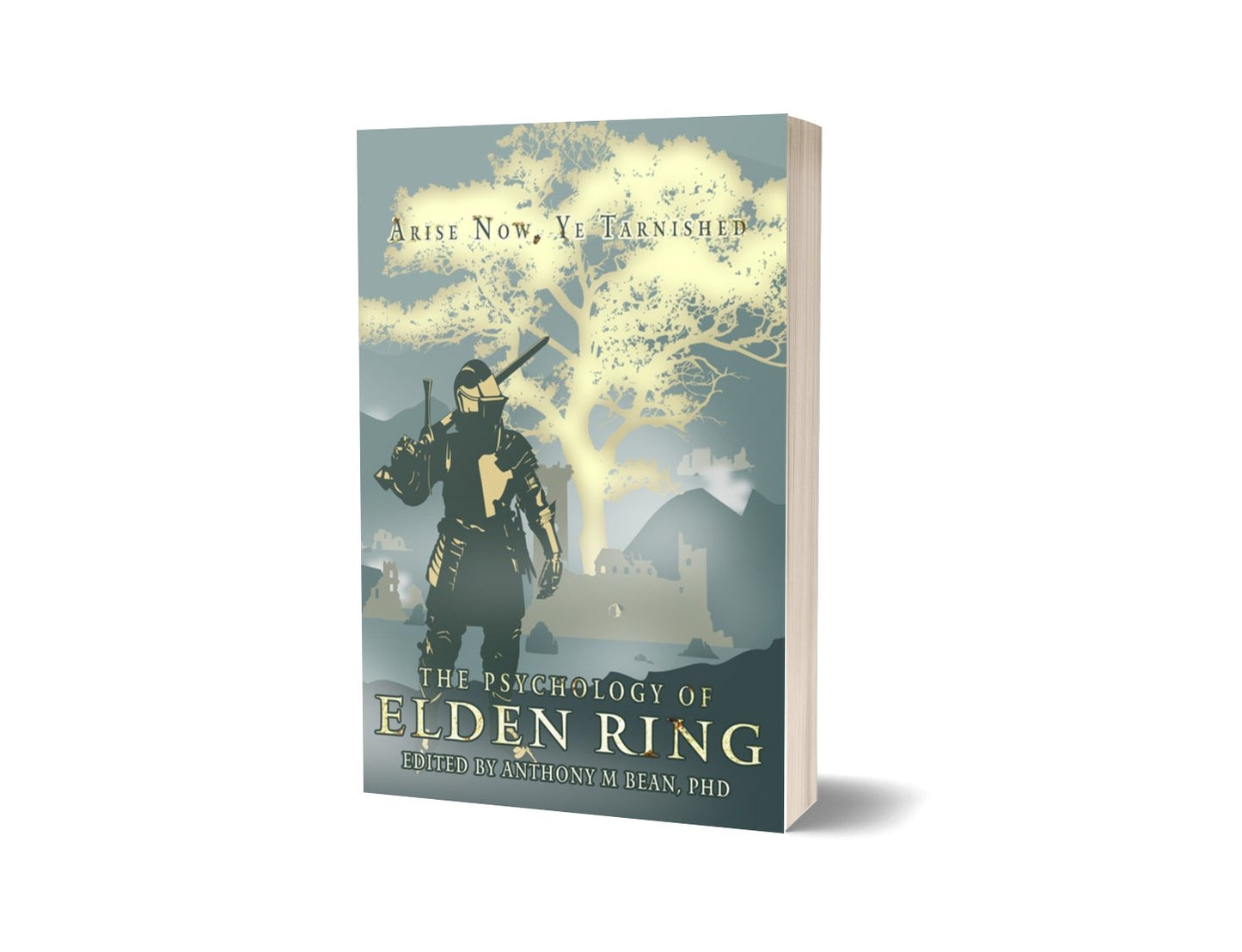
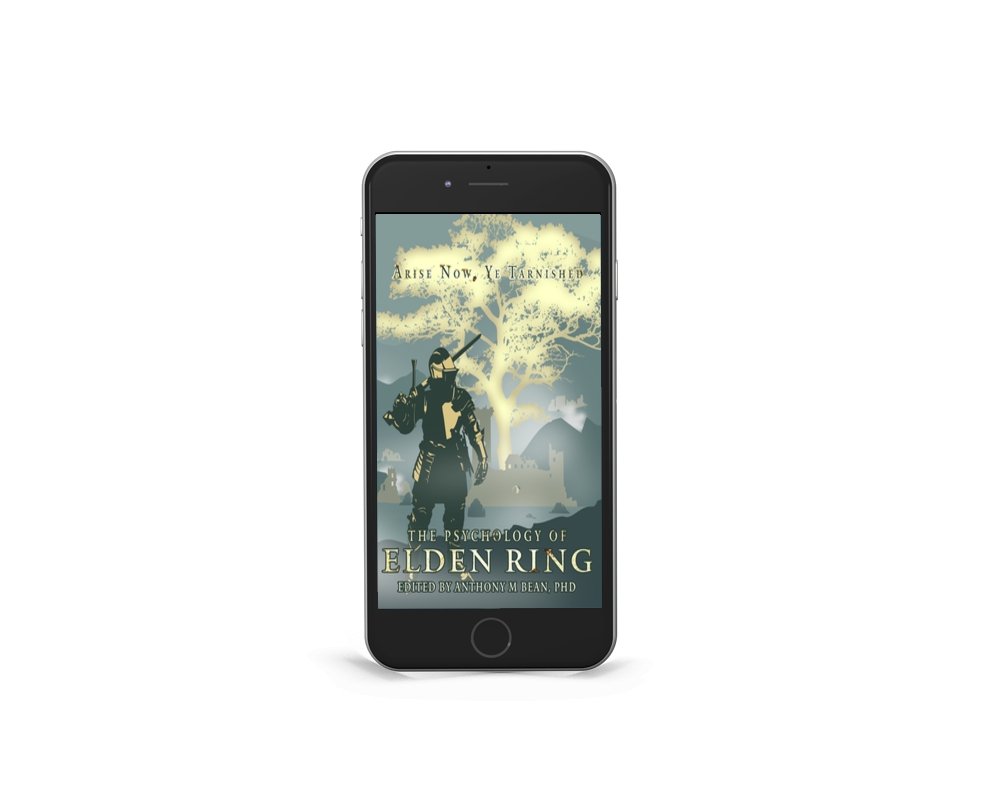
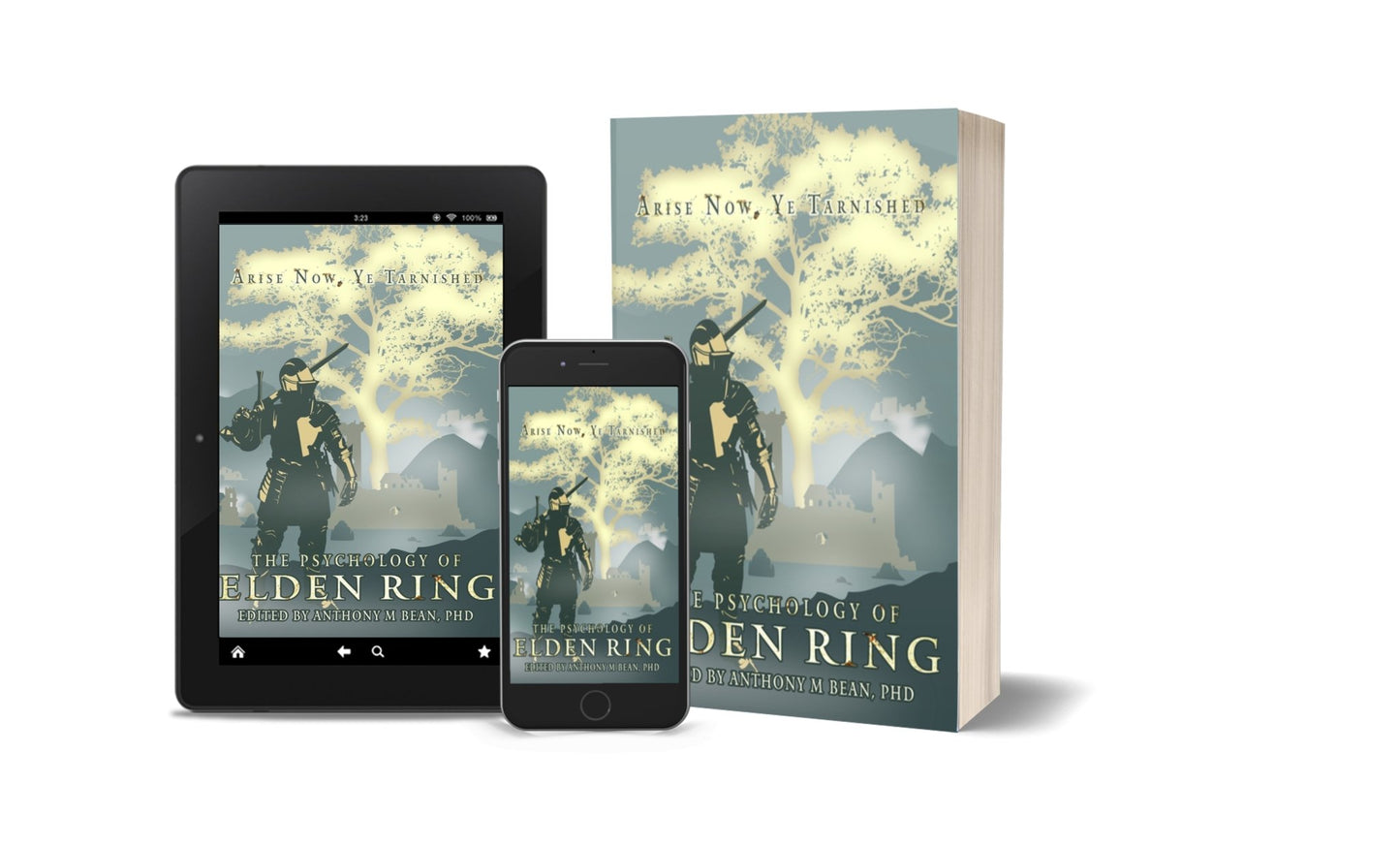
Few games have loomed as large in popular video game culture in recent years as Elden Ring, a devastatingly difficult sword-and-sorcery RPG that became a bestseller when it launched on PC, PlayStation, and Xbox consoles back in February 2022.
It’s apt, then, that the game frequently seems to loom over you, as undead colossi, many-limbed king, or ravenous bear tears into your minute form, flashing death repeatedly across the screen.
Elden Ring is brutal, if beautiful – a place of gorgeous glades, underground stars, and painstakingly designed creatures across its sprawling open world – but that beauty only serves to make your continual demise all the more tragic, as your cursed hero falls across sunlit grass and barren ground alike.
